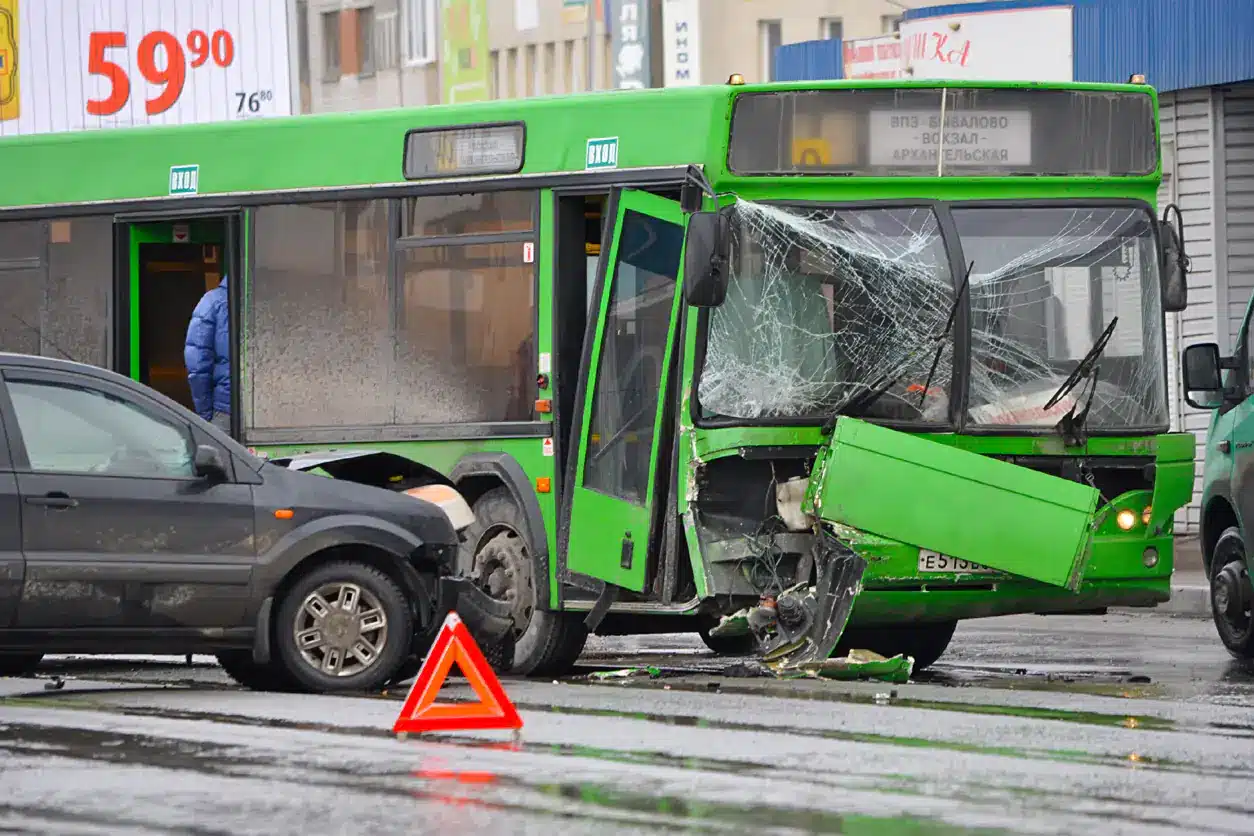In the vibrant city of Las Vegas, where the hustle and bustle of tourism and entertainment are a daily norm, bus accidents can have significant impacts on both locals and visitors. As a major transportation hub, Las Vegas relies heavily on its public bus system to move people efficiently across its iconic Strip and beyond. This reliance makes understanding the role of public transportation regulations crucial in the aftermath of bus accidents. Regulations governing public transportation are designed to uphold safety standards and ensure that buses operate smoothly and securely. These rules cover everything from bus operator licensing and vehicle safety to hours of service and enforcement measures. You can click here to know more about the legal intricacies of bus accidents and public transportation regulations.
In a city like Las Vegas, where buses are often crowded and the travel routes are busy, adherence to these regulations becomes even more vital. This article explores how public transportation regulations shape the handling of bus accident claims, offering insights into how these standards impact the determination of liability and compensation. By understanding these regulations, both victims and legal professionals can better navigate the complexities of bus accident claims and ensure that justice is served.
1. Understanding Public Transportation Regulations:
Public transportation is subject to specific regulations set forth by local, state, and federal government entities. These regulations aim to ensure the safety and efficiency of bus operations, protect passengers and other road users, and provide a framework for resolving disputes when accidents occur.
2. Bus Operator Licensing and Training:
One key aspect of public transportation regulations is the licensing and training requirements for bus operators. These regulations usually establish a minimum age requirement, driving record standards, and proficiency tests that applicants must meet before obtaining a commercial driver’s license (CDL). In addition to the initial requirements, ongoing training programs may be mandated to keep drivers updated on the rules of the road, defensive driving techniques, and handling emergency situations.
3. Vehicle Safety Standards:
Another crucial area covered by public transportation regulations deals with vehicle safety standards. Buses are subject to rigorous inspections before they can be put into service and are required to meet minimum safety requirements regarding mechanical conditions, emergency exits, lighting systems, braking systems, tires, steering mechanisms, and more.
4. Hours of Service Regulations:
Fatigue is a well-known contributor to road accidents across all types of vehicles. To combat this issue in the public transportation sector, federal laws have been established that regulate hours of service for bus operators. These regulations prescribe the maximum consecutive driving hours allowed within certain time periods, along with mandatory rest breaks between shifts or long-distance trips.
5. Enforcement and Compliance Measures:
Public transportation regulators utilize various enforcement measures to ensure compliance with applicable laws and regulations. Regular inspections are conducted on buses operating under their jurisdiction to ensure adherence to safety standards. Violators who fail to meet these requirements may face penalties, fines, or temporary suspension of operating licenses until all violations are remedied.
6. Safety Initiatives and Accident Reporting:
In addition to regulatory measures, public transportation entities often develop safety initiatives aimed at preventing accidents and improving passenger safety. These initiatives may include driver training programs, ongoing safety education campaigns targeting passengers, boarding and exiting protocols, seat belt usage, and raising overall awareness about responsible travel behavior. Additionally, stringent accident reporting protocols are in place to gather essential data related to bus accidents, enabling authorities to analyze patterns and identify areas where improvements are needed.
7. The Role of Regulatory Frameworks in Bus Accident Claims:
When a bus accident occurs, and there are injured parties seeking compensation for their losses, the regulatory framework plays an instrumental role. Public transportation regulations set the standards that bus operators must adhere to in order to maintain safe operations. If these standards are not met and negligence on the part of the bus operator or company can be established, it can strengthen the claim of an injured party seeking damages. Furthermore, by regulating areas such as licensing, vehicle safety standards, hours of service limitations, and enforcement measures for compliance purposes, public transportation regulations aim to prevent accidents from occurring in the first place.
8. Seeking Legal Counsel in Bus Accident Claims:
Bus accident claims can be complex and challenging to navigate, especially when dealing with public transportation entities and their associated regulations. If you or a loved one has been injured in a bus accident and are seeking compensation for your losses, it is advisable to consult with an experienced personal injury attorney. Navigating the legal aspects of a bus accident claim requires expertise in both personal injury law and an understanding of the specific regulations applicable to public transportation. An attorney can assess the circumstances surrounding your case, gather evidence, negotiate with insurance companies, communicate with relevant authorities, and advocate for your rights throughout the legal process.
Conclusion:
Public transportation regulations play a crucial role in ensuring safe operations within the bus industry. By establishing licensing requirements for drivers, setting vehicle safety standards, regulating hours of service for operators, implementing enforcement measures for compliance purposes, and fostering safety initiatives within public transportation entities themselves, these regulations contribute towards preventing bus accidents and safeguarding the rights of those affected when accidents do occur. Being aware of these regulations is essential not only for passengers but also for anyone involved in a bus accident claim. Understanding how these regulations come into play can help mitigate the risks associated with such incidents and ensure that proper compensation is sought when it matters most.



